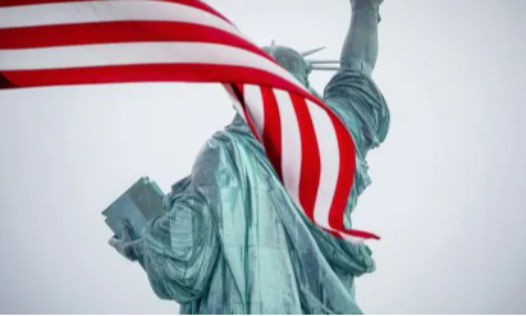Payment is being processed. Please do not refresh or close this page until your payment is complete.
 Book an Appointment
Book an Appointment

Beginning January 20, a second Trump administration will likely take significant measures to dramatically alter America’s current immigration system. During Trump’s first 100 days in office, expect more executive measures to reduce immigration.
Trump has repeatedly stated that he wants to restrict legal immigration in the USA. The Trump administration will probably tighten the issue of visas in several categories, including work visas such as H-1B, family green cards, and other eligible family ‘preference’ programs.
Trump is also expected to reduce or eliminate temporary and nonimmigrant work visas, including H-2A and H-2B programs, by restricting eligible countries, setting visa caps, increasing requirements, or slowing processing.
Trump has advocated for a ‘merit-based’ approach to the US immigration system, contrasting it with family reunification and humanitarian programs. The Trump administration may implement measures to expedite and decrease the processing of green cards, nonimmigrant visas, and work authorization documents.
The second administration may aim to boost the number of skilled immigrants admitted to the U.S. by reducing other programs. Trump is reportedly considering ending the Diversity Immigrant Visa program, which grants 55,000 green cards to individuals from low-income countries in each fiscal year. Critics argue the program inadvertently brings unvetted immigrants, and Trump is expected to attempt to eliminate it through an executive order, as he did in 2019.
Essentially, Trump will be implementing campaign promises of widespread deportation of undocumented immigrants and tightening legal measures for some to stay in the country.
America is the most popular destination for international students looking to pursue higher studies and settle there. Trump’s presidency is expected to have an impact on international students too.
The Optional Practical Training (OPT), which permits overseas students to apply for temporary work permission in their field of choice after graduation to gain experience, may also be subject to new restrictions under Trump. Trump attempted to end the OPT program during his first term and such a move could be revived in his second term.
Stephen Miller, an immigration adviser and hardliner for Trump, is set to take over policy planning for the transition and is expected to be named deputy chief of staff. Trump has appointed Thomas Homan, the acting director of the Immigration and Customs Enforcement agency during his first term, as his “border czar”.
All eyes will be on Trump’s action on illegal and undocumented immigration. Trump campaigned on mass deportation, promising to begin the largest mass deportation operation in American history on Day 1 of his second administration. Trump may issue an executive order to plan large-scale deportations targeting undocumented immigrants, similar to his 2017 actions.
Early actions included travel bans, reduced refugee admissions, extreme vetting for visa applicants, and expanded immigration enforcement at U.S.-Mexico border. Trump’s 2024 election campaign heightened his rhetoric on immigration, promising mass deportation, impenetrable borders, and severe asylum access restrictions.
Trump’s second-term immigration agenda could intensify efforts by expanding deportation operations, reviving controversial policies like Title 42 and Migrant Protection Protocols, and using military resources for border enforcement. Title 42 is a public health authority that allows for the rapid expulsion of migrants at the U.S.-Mexico border without providing them an opportunity to seek asylum or obtain other forms of humanitarian relief.
Immigration dominated the 2024 election cycle, with 76% of Republicans identifying it as a major priority for the president to address this year. It remains to be seen how the immigration landscape in the United States of America evolves.
Source: https://www.financialexpress.com/business/investing-abroad-trumps-second-term-to-drastically-reform-us-immigration-policies-3720165/